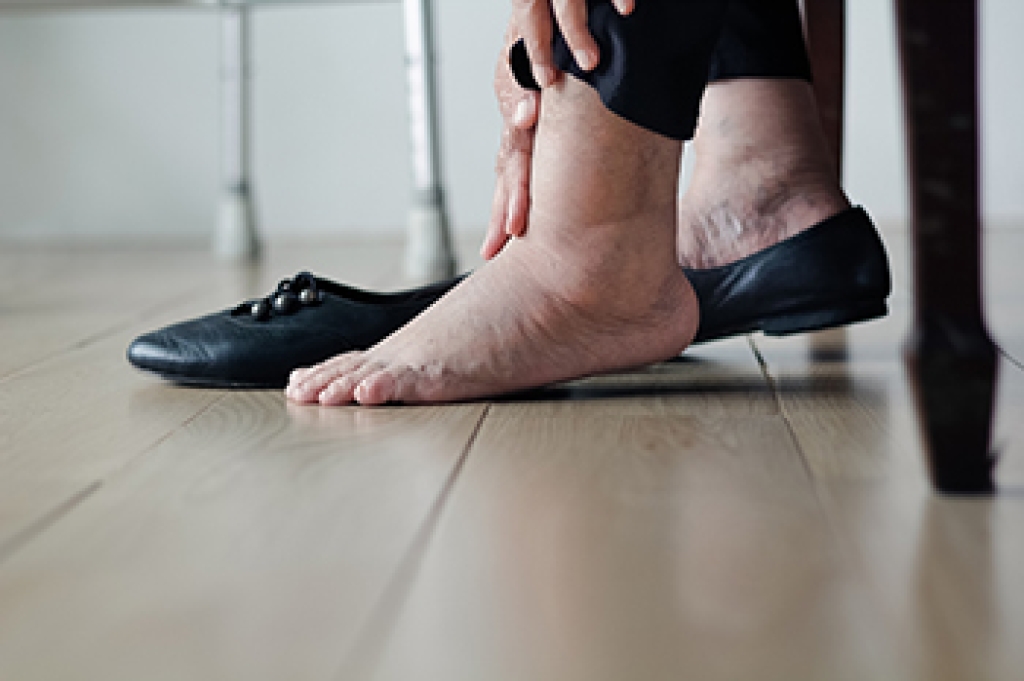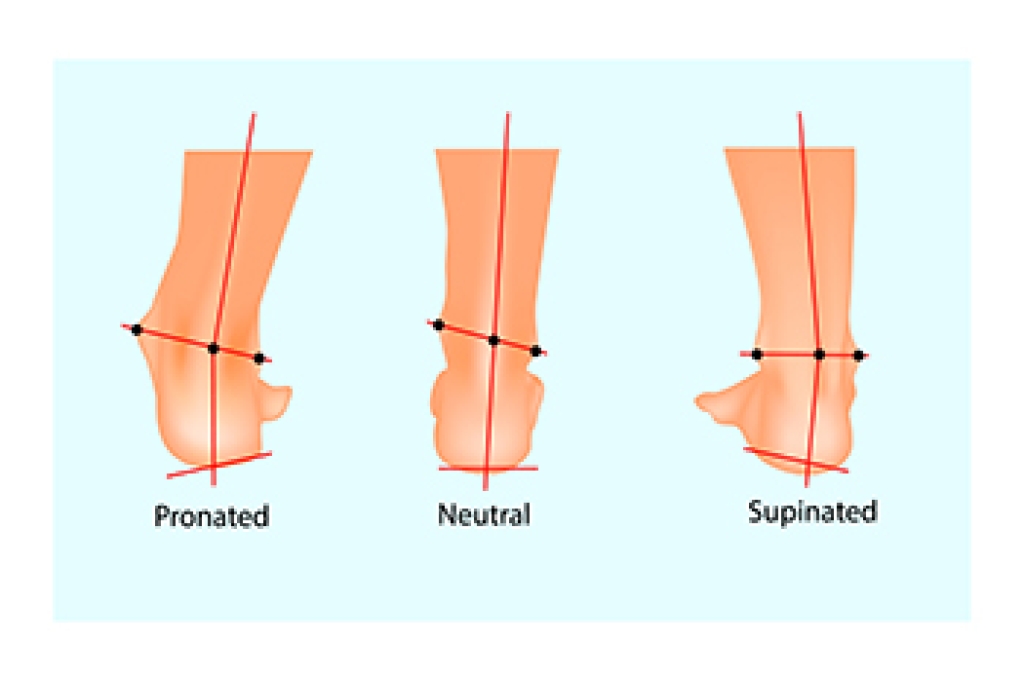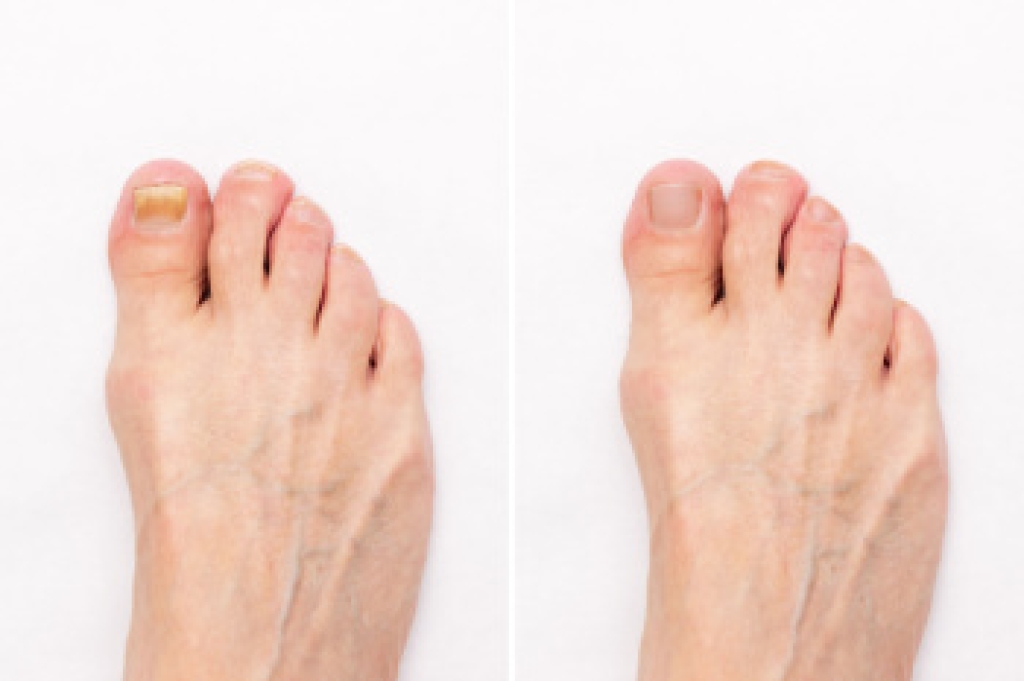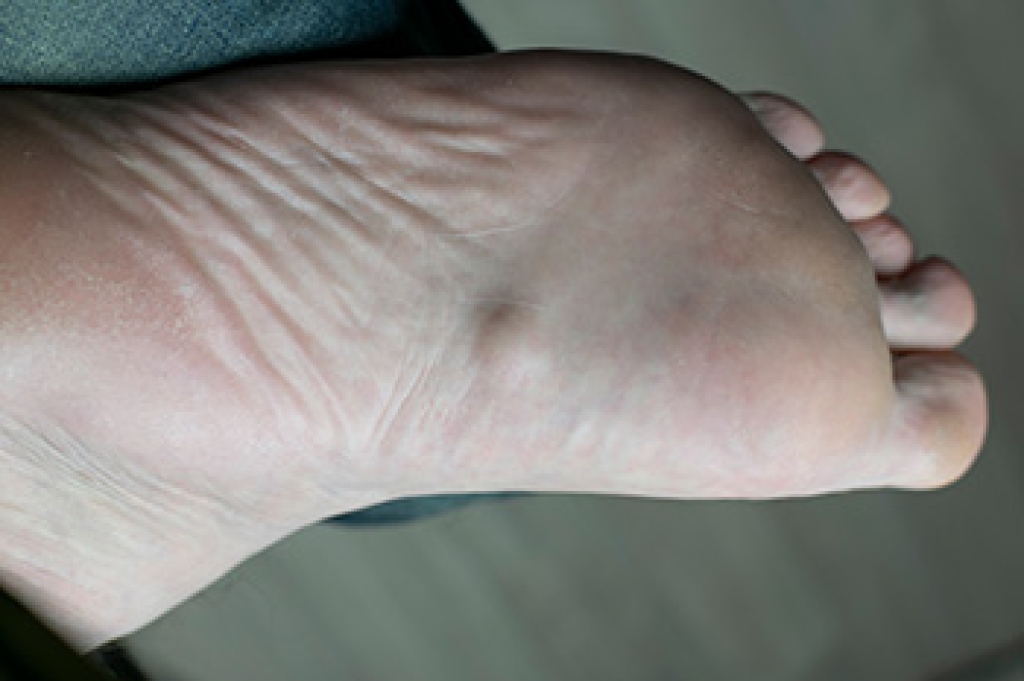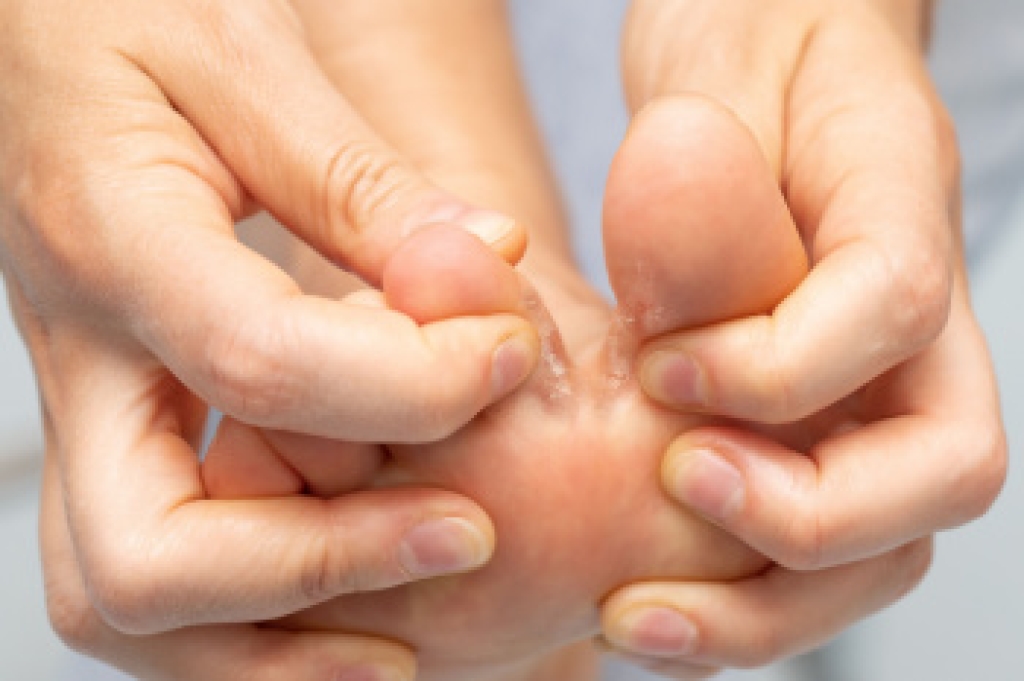
Athlete’s foot is a frequent fungal infection that usually begins between the toes but can spread if left untreated. When the skin cracks or peels, bacteria can enter, leading to secondary infections that may cause redness, swelling, and pain. In severe cases, these infections can spread to the toenails, resulting in thickened, discolored nails that are difficult to treat. For people with diabetes or poor circulation, untreated athlete’s foot can cause serious complications, including ulcers or cellulitis, a deep skin infection that may require antibiotics. The condition can also spread to the hands or other areas of the body through scratching or contaminated surfaces. Keeping feet clean and dry, changing socks regularly, and using antifungal treatments early can help prevent these complications. If your symptoms persist or worsen, it is suggested you see a podiatrist for diagnosis and appropriate treatment.
Athlete’s foot is an inconvenient condition that can be easily reduced with the proper treatment. If you have any concerns about your feet and ankles, contact one of our podiatrists from Complete Foot & Ankle Specialists, LLC. our doctors will treat your foot and ankle needs.
Athlete’s Foot: The Sole Story
Athlete's foot, also known as tinea pedis, can be an extremely contagious foot infection. It is commonly contracted in public changing areas and bathrooms, dormitory style living quarters, around locker rooms and public swimming pools, or anywhere your feet often come into contact with other people.
Solutions to Combat Athlete’s Foot
- Hydrate your feet by using lotion
- Exfoliate
- Buff off nails
- Use of anti-fungal products
- Examine your feet and visit your doctor if any suspicious blisters or cuts develop
Athlete’s foot can cause many irritating symptoms such as dry and flaking skin, itching, and redness. Some more severe symptoms can include bleeding and cracked skin, intense itching and burning, and even pain when walking. In the worst cases, Athlete’s foot can cause blistering as well. Speak to your podiatrist for a better understanding of the different causes of Athlete’s foot, as well as help in determining which treatment options are best for you.
If you have any questions please feel free to contact our offices located in Bellefontaine, OH and Springfield, OH . We offer the newest diagnostic and treatment technologies for all your foot and ankle needs.
